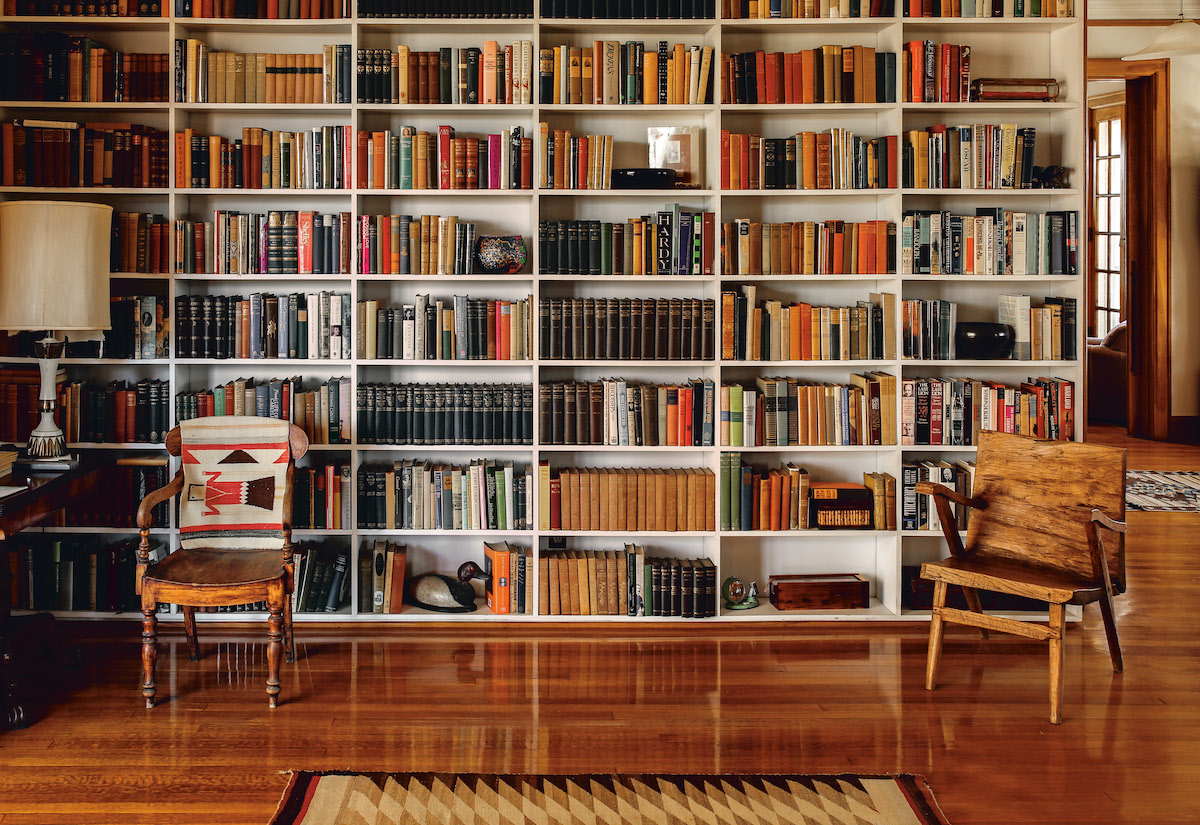Starting a Personal Library: A Guide to Curating Your Collection
Building a personal library is a rewarding endeavor that reflects your tastes, interests, and intellectual pursuits. It's not just about amassing books; it's about creating a space that inspires and nurtures a love for reading and learning.
This guide will walk you through the essential steps to start and curate your personal library, offering practical advice and tips for maintaining and enjoying your collection.

Choosing Your Collection
Defining Your Interests
The first step in building a personal library is to define your interests. Are you drawn to classic literature, modern fiction, or specific genres like science fiction, fantasy, or mystery? Perhaps you're interested in non-fiction, such as history, science, philosophy, or self-help.
Identifying your primary interests will help you focus your collection and make it more cohesive.
Sourcing Your Books
Once you have a clear idea of your interests, you can start sourcing books. There are various ways to acquire books, including bookstores, online retailers, second-hand shops, and library sales.
Don't overlook the value of used books; they often come at a fraction of the cost and may even have a bit of history attached.
Additionally, consider digital formats for e-books and audiobooks, which can save space and offer convenience.
Building a Balanced Collection
A well-rounded library should include a mix of genres and subjects. Even if you have a particular preference, diversifying your collection can enhance your reading experience.
For instance, incorporating a blend of fiction and non-fiction, or classic and contemporary works, can provide different perspectives and deepen your understanding of various topics.
Additionally, consider including reference books such as dictionaries, encyclopedias, and specialized texts relevant to your interests.
Organizing Your Library
Shelving and Display
The way you organize and display your books can significantly impact the functionality and aesthetics of your library. Consider investing in sturdy bookshelves that can accommodate the growth of your collection.
The arrangement of books can be done alphabetically, by genre, by color, or even by publication date, depending on your preference.
Ensure that the shelving units are in a well-lit, ventilated area to preserve the condition of the books.
Cataloging Your Collection
Keeping track of your books is essential, especially as your collection grows. Cataloging can be as simple as maintaining a spreadsheet or using specialized software or apps designed for personal libraries.
A catalog can help you avoid duplicate purchases, keep track of loans, and make it easier to locate specific books. Include information such as the title, author, genre, publication date, and a brief summary or personal notes.
Preservation and Care
Protecting Your Books
Books are vulnerable to various environmental factors that can cause damage. To protect your collection, maintain a stable temperature and humidity level in your library space.
Avoid direct sunlight, which can fade covers and pages, and keep books away from damp areas to prevent mold growth.
Additionally, handle books with clean hands, and avoid eating or drinking near them to prevent stains and spills.
Repair and Restoration
Despite your best efforts, books may suffer damage over time. Knowing basic book repair techniques can be invaluable.
For minor issues like torn pages or loose bindings, book repair kits are available with the necessary tools and adhesives.
For more significant damage, such as water damage or broken spines, consider consulting a professional bookbinder or conservator. Proper repair and restoration can extend the life of your books and preserve their value.
Enjoying and Sharing Your Library
Creating a Reading Environment
A personal library is more than just a collection of books; it's a space for relaxation and reflection.
Create a comfortable reading environment with adequate lighting, cozy seating, and perhaps some personal touches like artwork, plants, or memorabilia.
This space should be inviting and conducive to spending time with your books, whether for study, leisure, or inspiration.
Sharing Your Collection
Part of the joy of having a personal library is sharing it with others. Whether through lending books to friends and family, hosting book clubs or discussions, or simply recommending books, sharing your collection can enhance your experience and foster a community of readers.
Remember to keep track of borrowed books to ensure they are returned, and consider setting up a small book exchange or donation system to pass on books you no longer need.
Conclusion
Starting a personal library is a journey of discovery and self-expression. It reflects your personal interests and intellectual pursuits and provides a space for relaxation, learning, and growth. By carefully choosing, organizing, and caring for your books, you can create a library that is not only functional but also a source of pride and joy. Whether you're just starting or expanding an existing collection, the key is to approach it with passion and purpose, allowing your library to evolve with you.
References
- What are the benefits of having a personal library
- Organizing Your Home Library
- Dos and Don'ts for Taking Care of Your Personal Books at Home


































